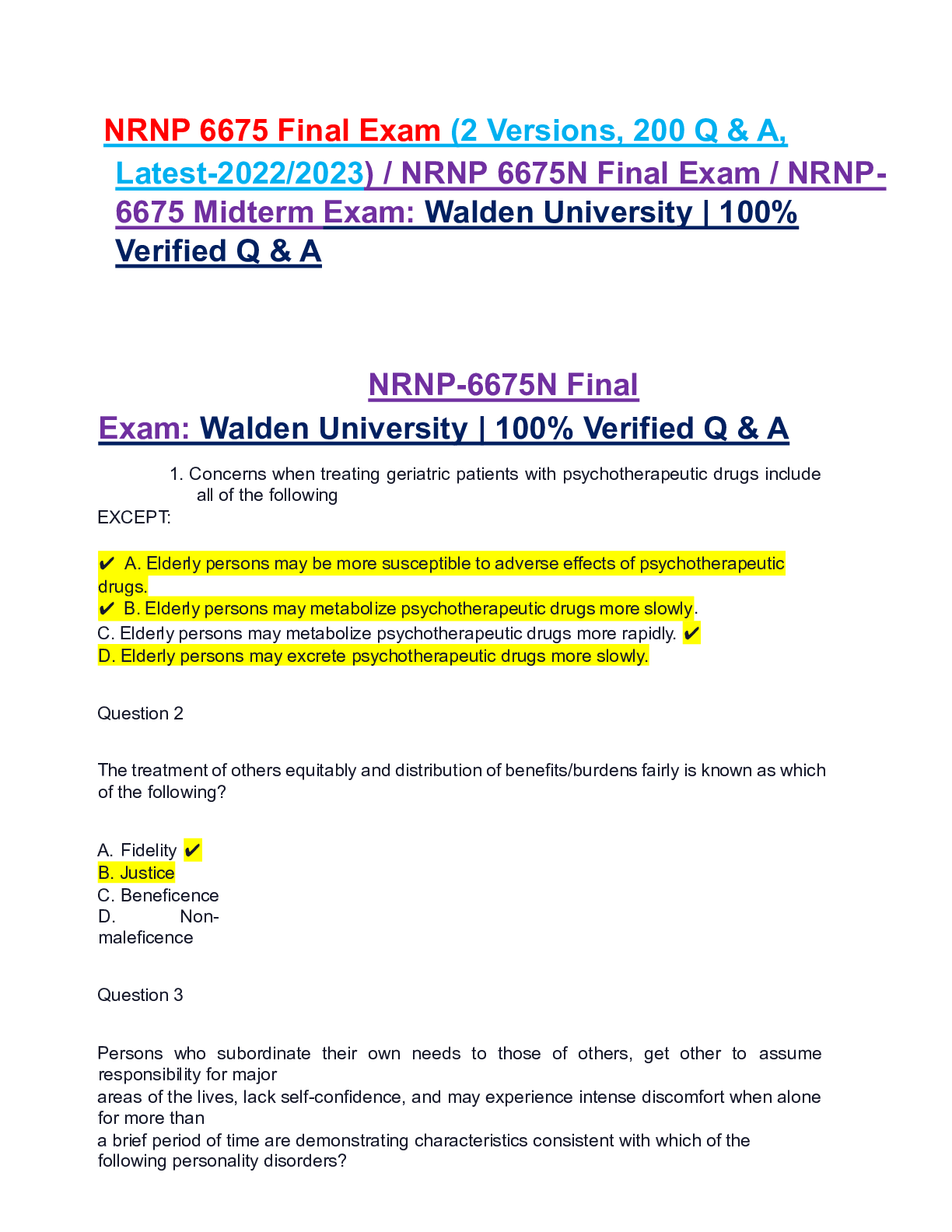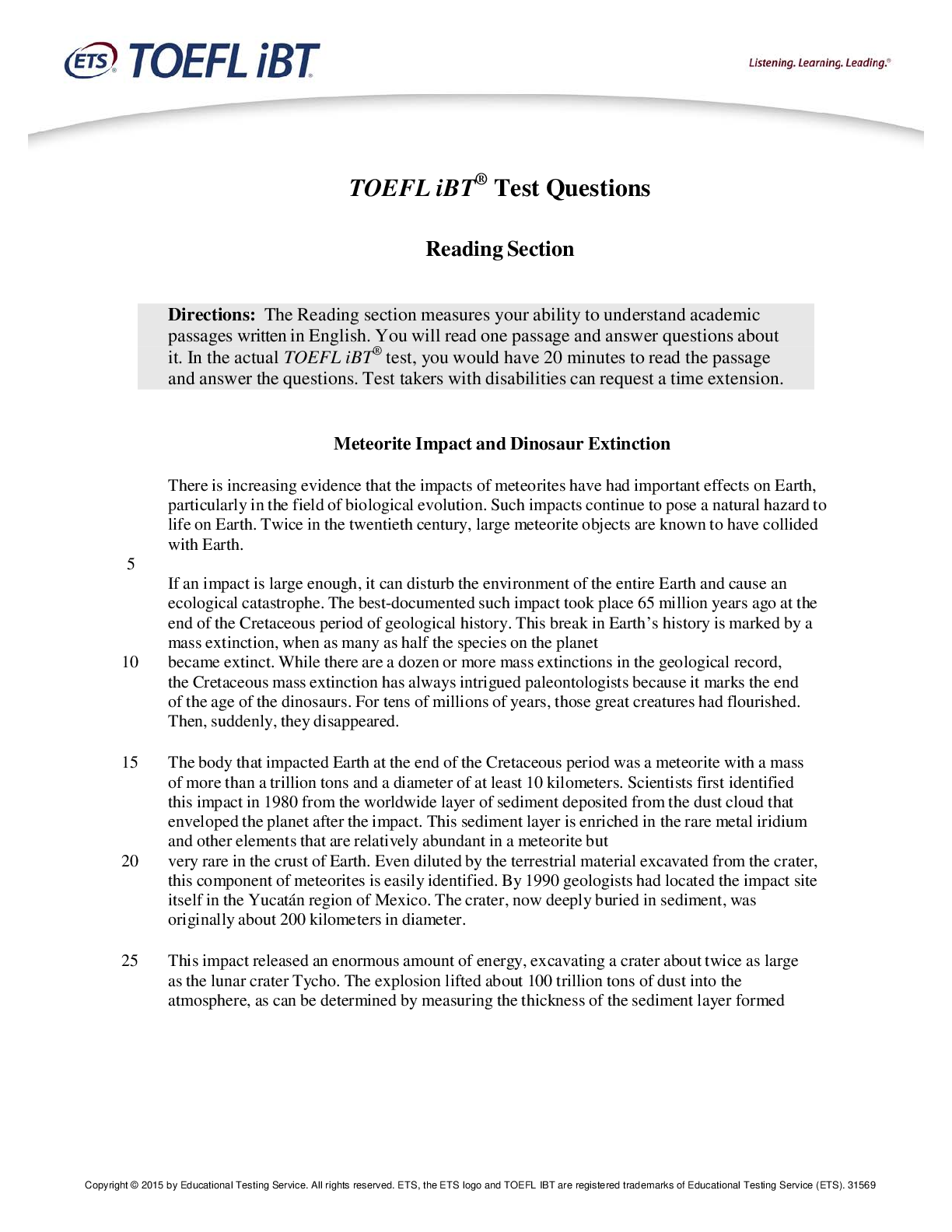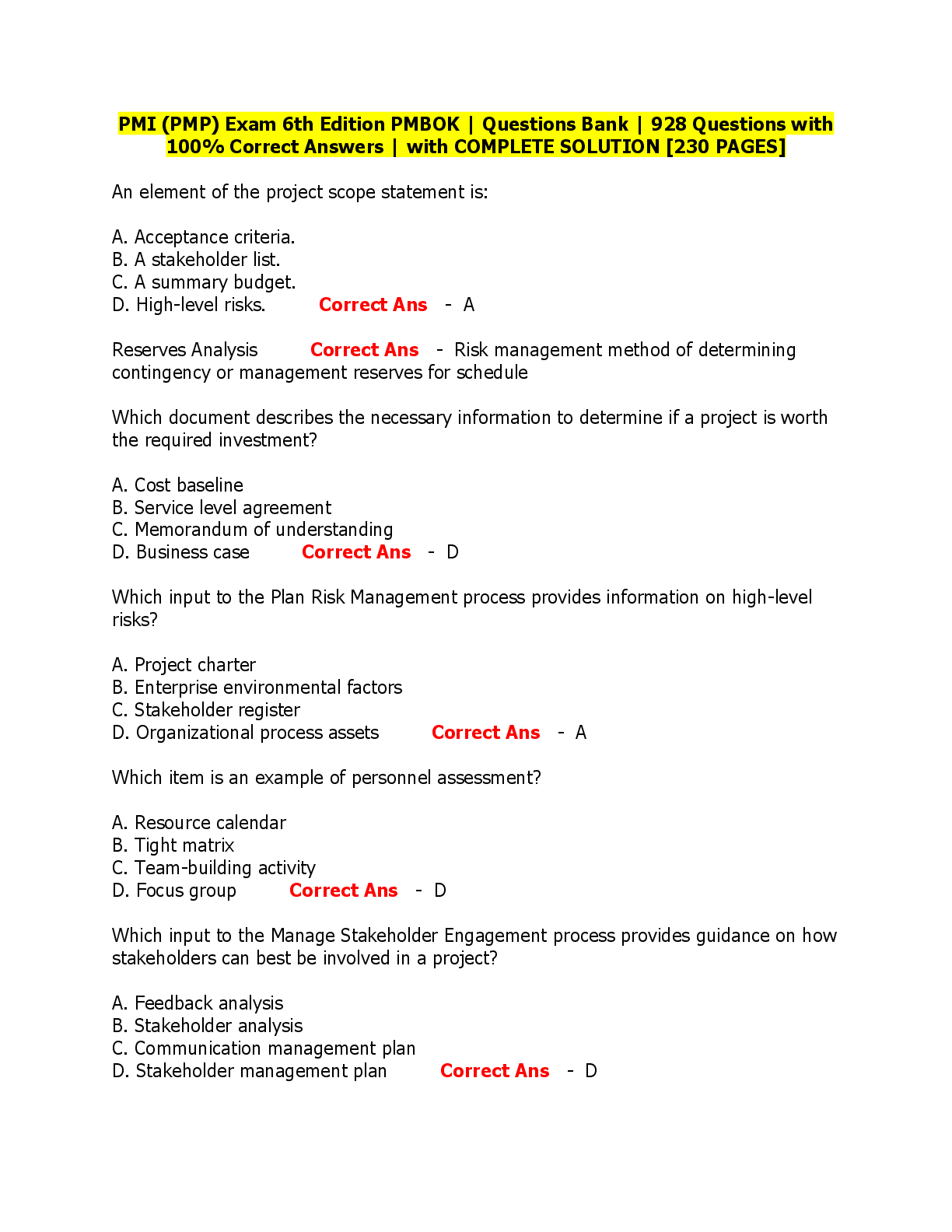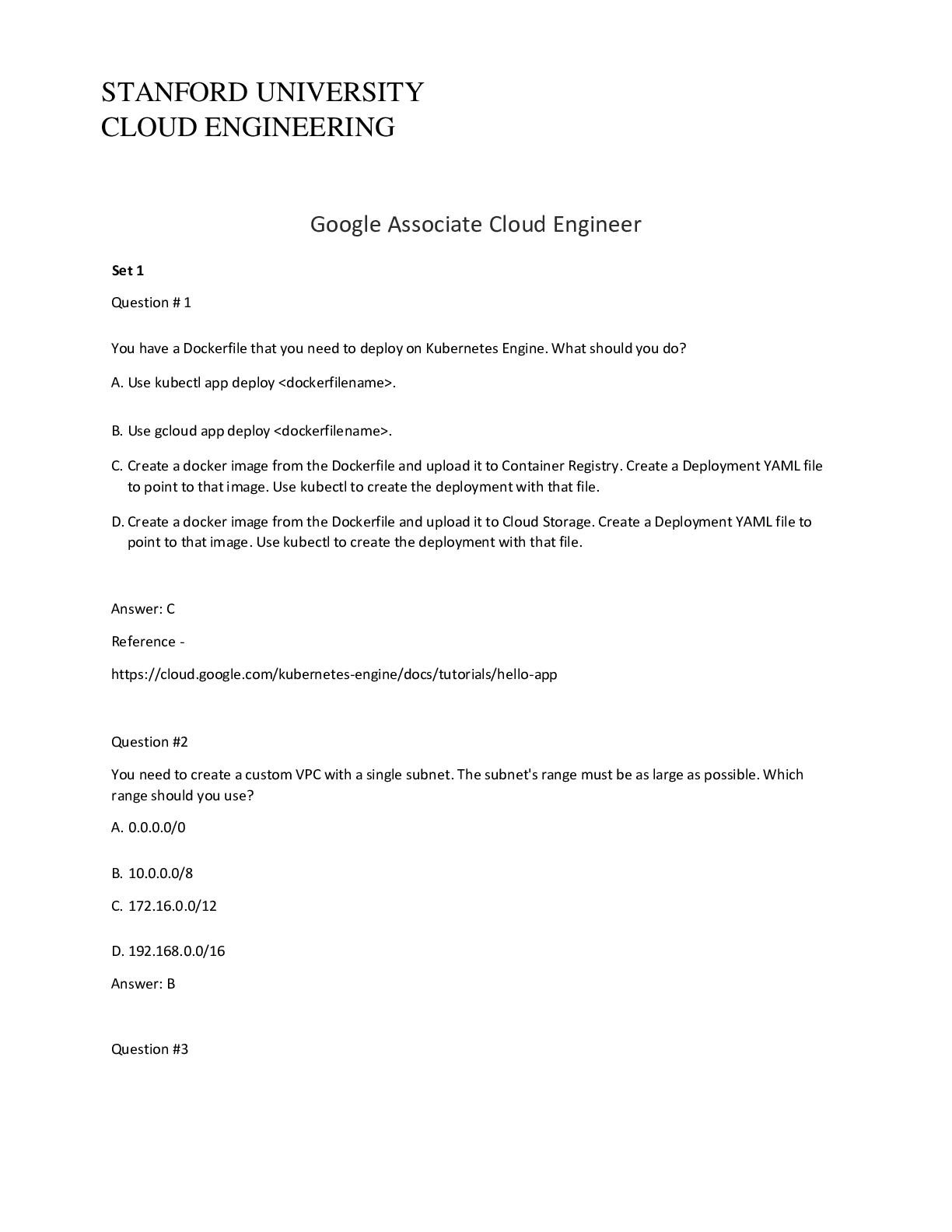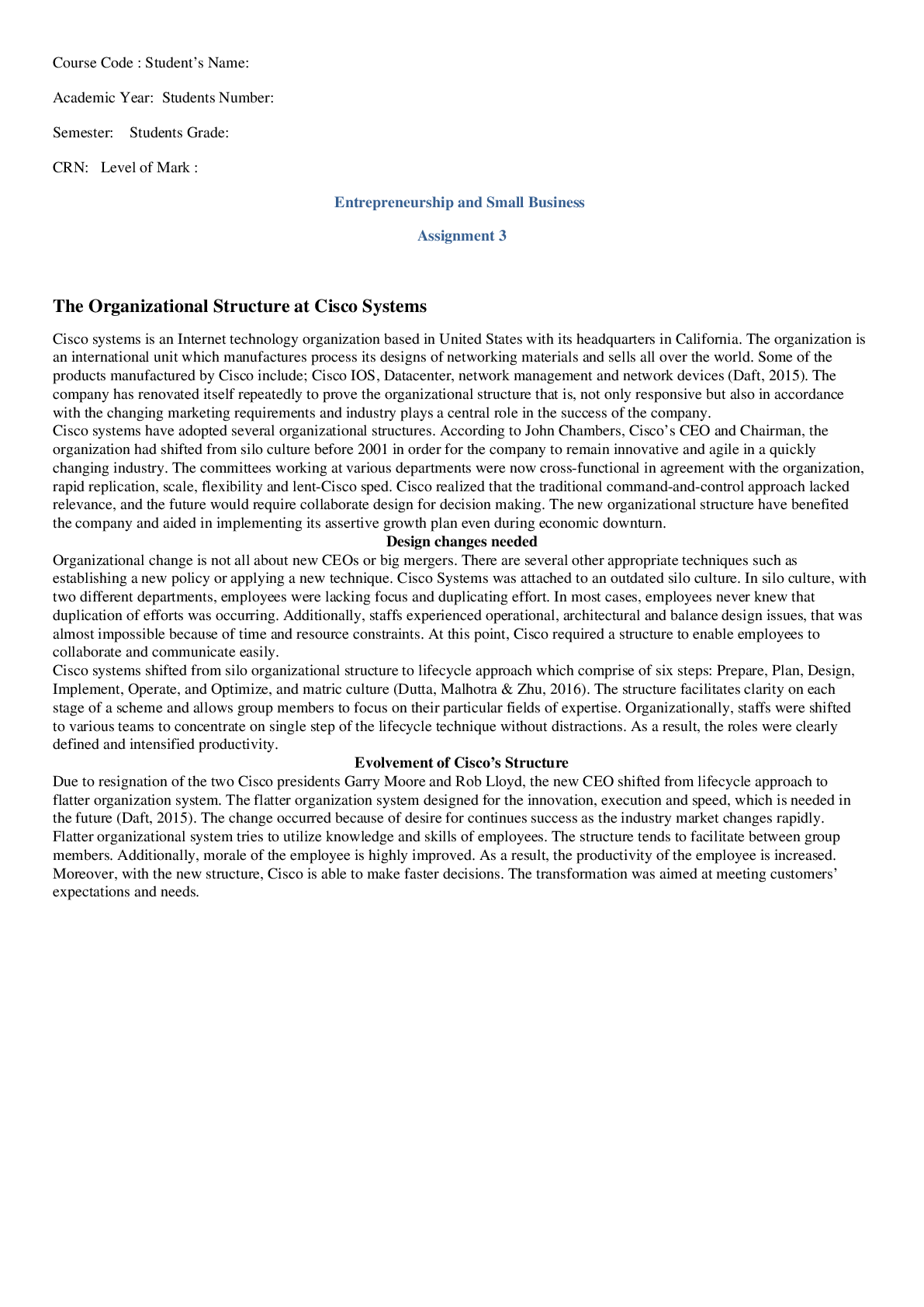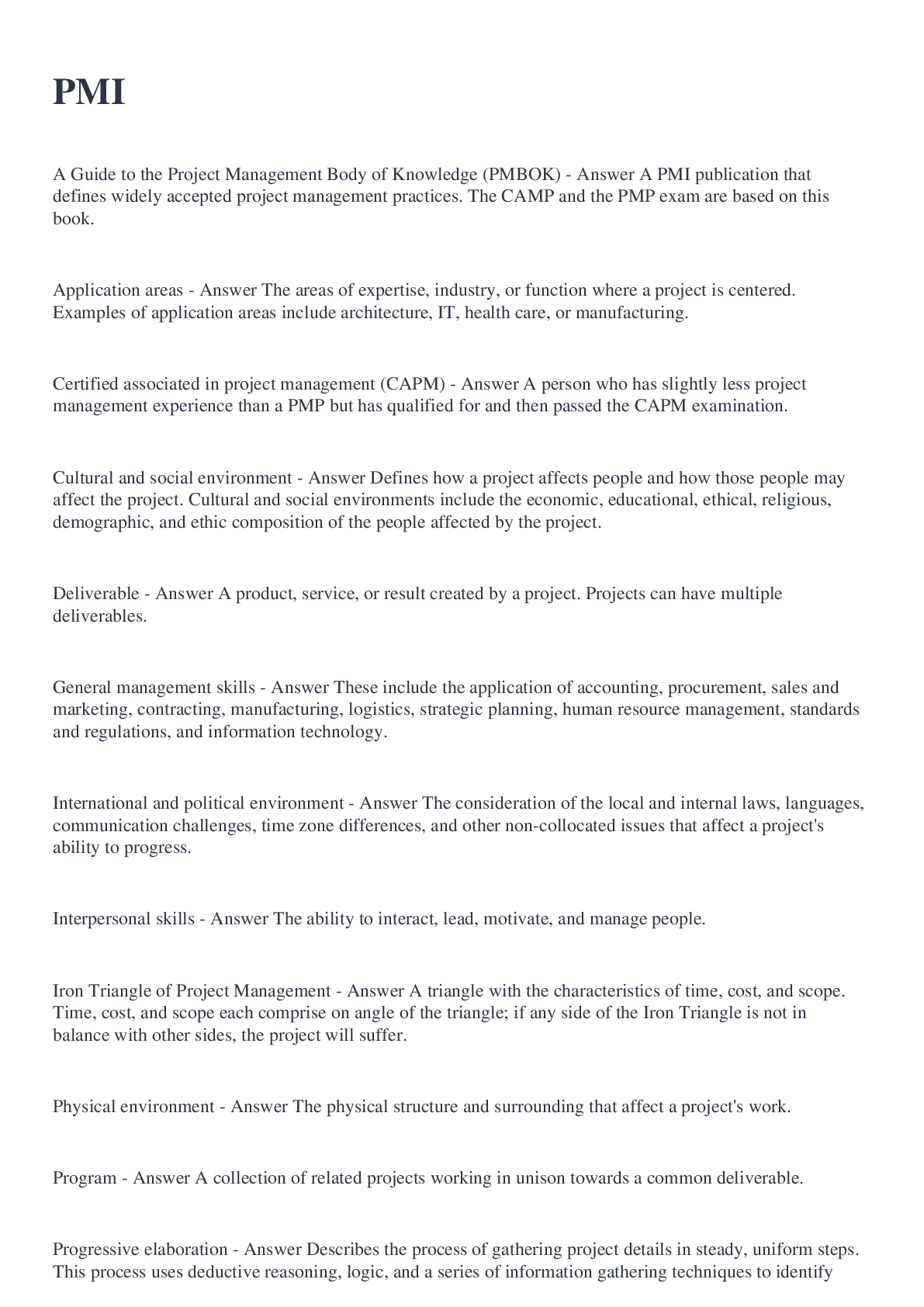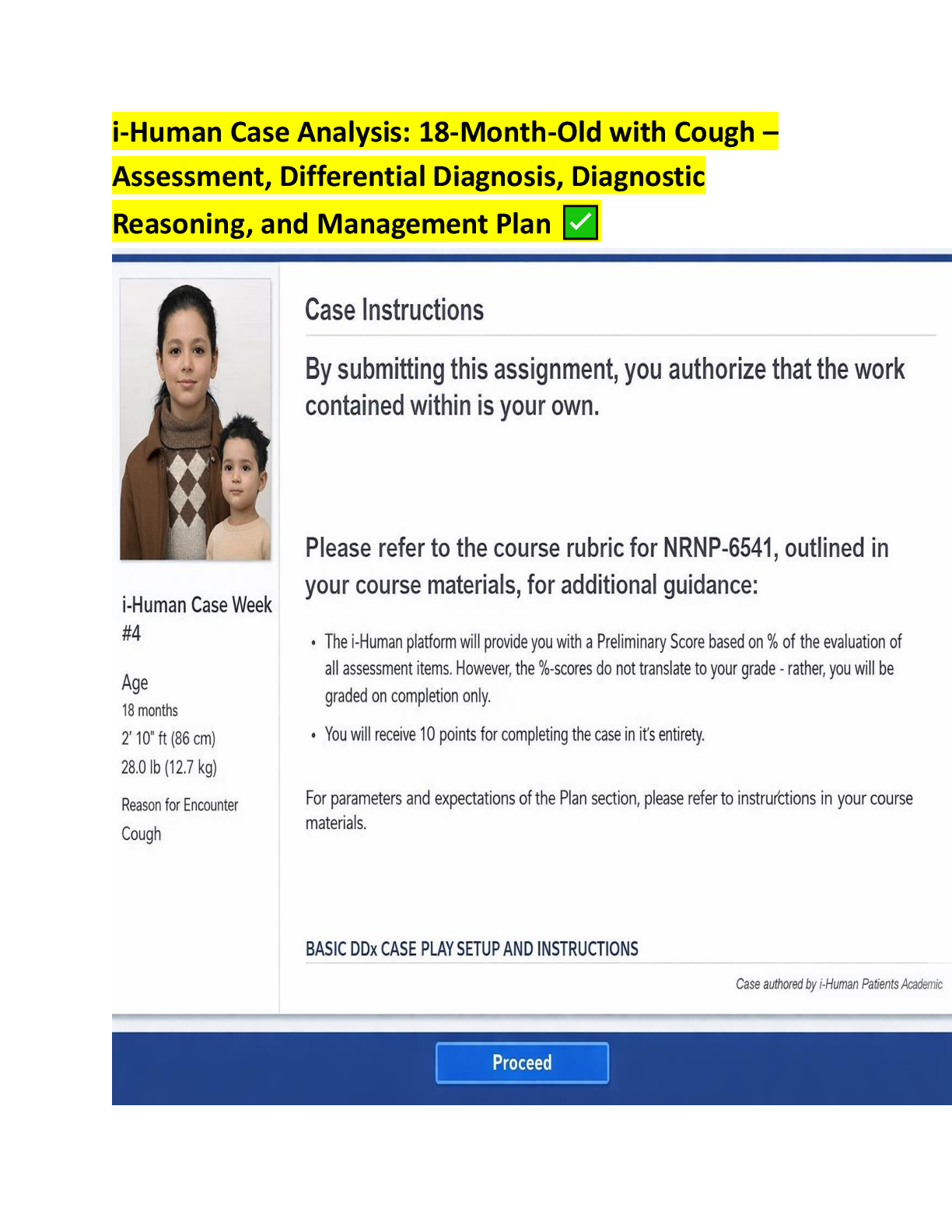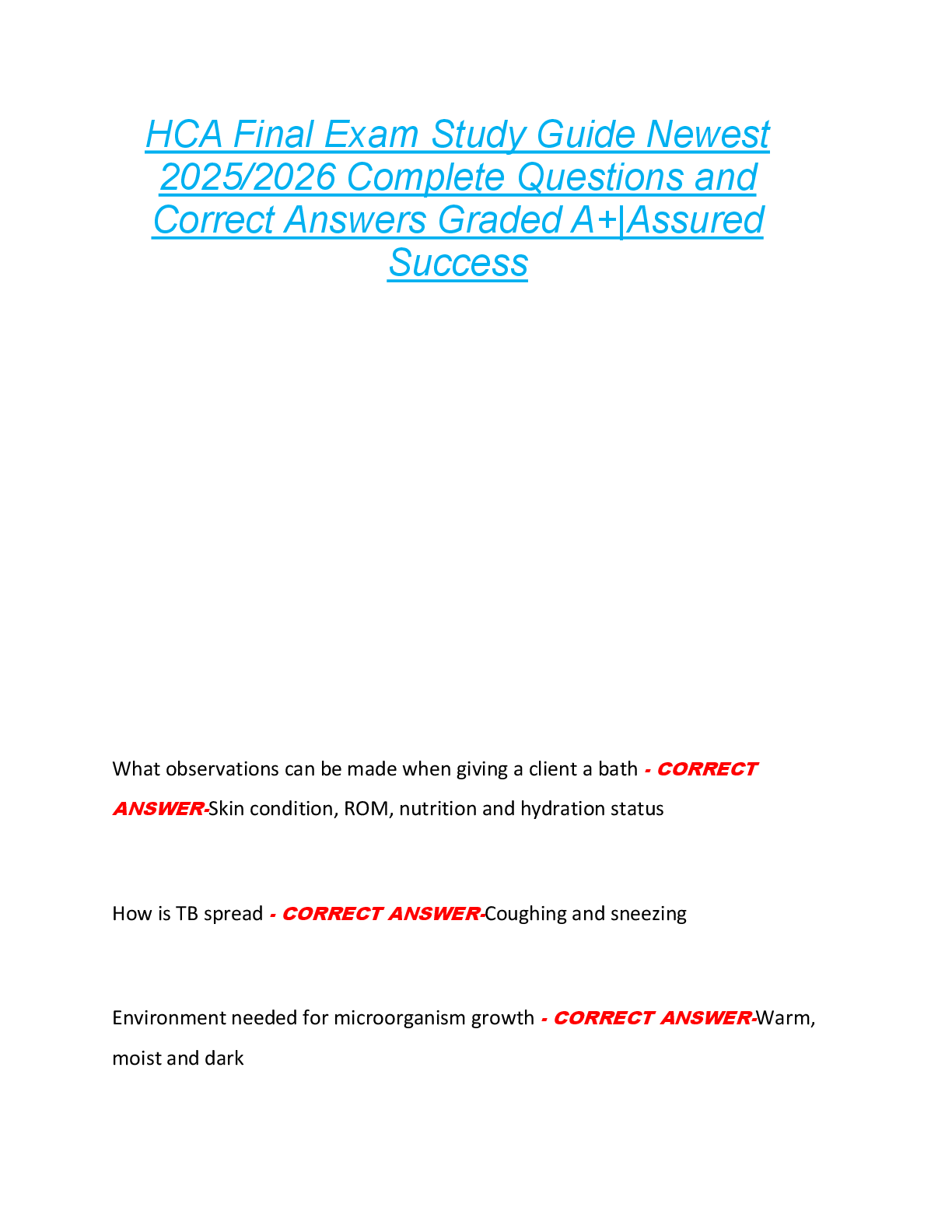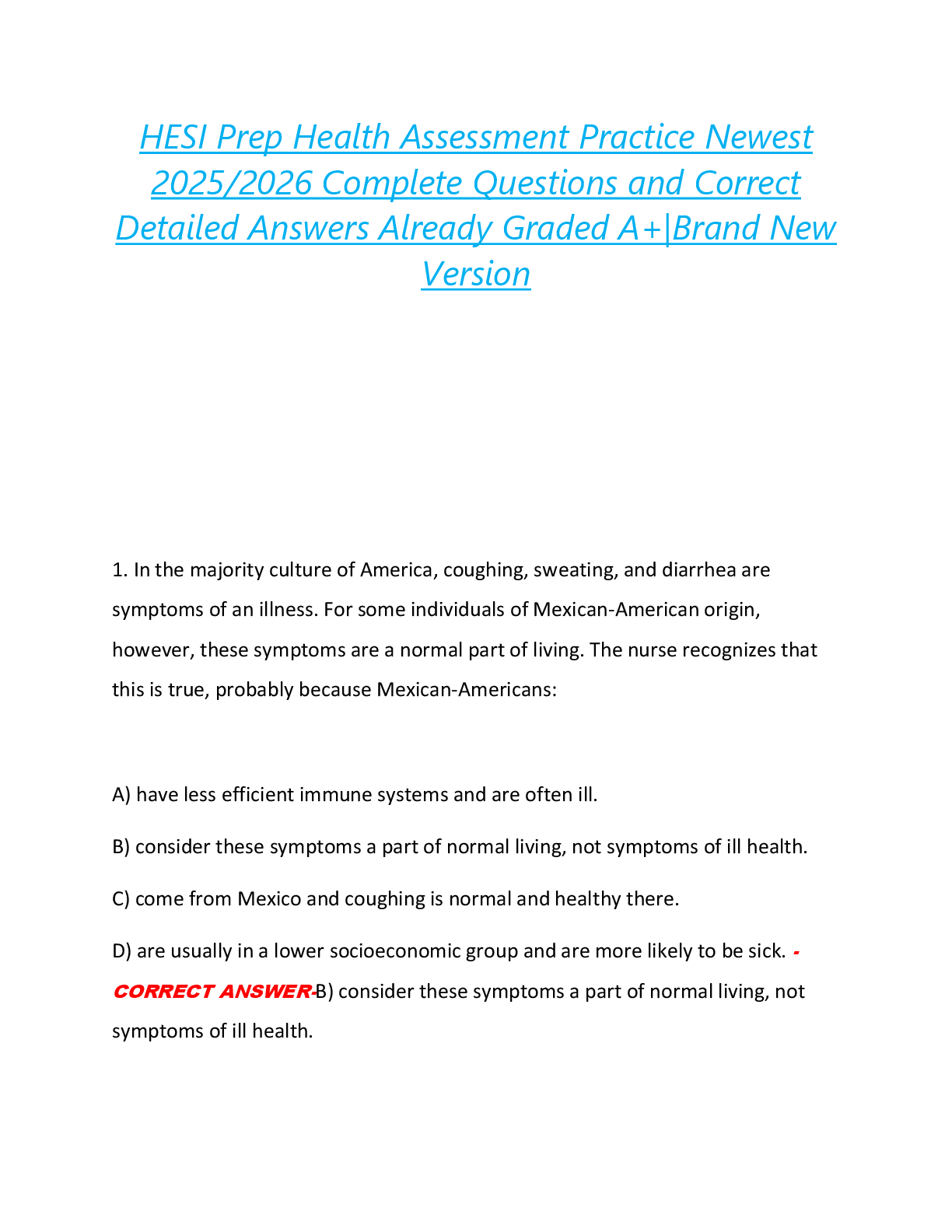Business Administration > EXAM > BUSINESS: THE PROBLEM AND ITS SCOPE (All)
BUSINESS: THE PROBLEM AND ITS SCOPE
Document Content and Description Below
Introduction Nowadays, it’s really hard to think what business to establish because it seems that everything is being already offered in the market by different entrepreneurs. Though it’s hard to ... think of what business to introduce, the group realized that creating a business is not about creating a new product but it can also be offering services in order to satisfy the needs and wants of every customers. The Filipinos are keen when it comes to cleanliness. Almost every day households do particular routines of cleaning up in order to avoid diseases brought by dirt. The laundry shop business has a very bright potential. Every year it is getting harder to get a “labandera”. Besides this, more and more households now have both husband and wife going to work. Many working wives now turn over this chore to a laundry shop. College students too often would rather outsource their laundry whenever they could afford it. Due to becoming preoccupied with work and home chores, washing of clothes become a burden to many. In addition, Laundry services offer a number of benefits including the following: Saves Plenty of Time, Specialized Services, Proper Hygiene and Cost Effective. Review on Related Literature A. Related Literature Laundry is the washing of clothing and linens. Laundry processes are often done in a business, room or area in a home or apartment building, reserved for that purpose; this is referred to as a laundry room. The material that is being washed, or has been laundered is also generally referred to as laundry. Laundry was first done in watercourses, letting the water carry away the materials which could cause stains and smells. Laundry is still done this way in some less industrialized areas and rural regions. Agitation helps remove the dirt, so the laundry is often rubbed, twisted, or slapped against flat rocks. Wooden bats or clubs could be used to help with beating the dirt out. These were often called washing beetles or bats and could be used by the waterside on a rock (a beetling-stone), on a block (battling-block), or on a board. They were once common across Europe and were also used by settlers in North America. Similar techniques have also been identified in Japan.When no watercourses were available, laundry was done in water-tight vats or vessels. Sometimes large metal cauldrons were filled with fresh water and heated over a fire; boiling water was even more effective than cold in removing dirt. Wooden or stone scrubbing surfaces set up near a water supply or portable washboards, including factory-made corrugated metal ones, gradually replaced rocks as a surface for loosening soil. Before the advent of the washing machine, apart from watercourses, laundry was also done in communal or public washhouses (also called wash-houses or wash houses), especially in rural areas in Europe or the Mediterranean Basin. Water was channeled from a river or spring and fed into a building or outbuilding built specifically for laundry purposes and often containing two basins - one for washing and the other for rinsing - through which the water was constantly flowing, as well as a stone lip inclined towards the water against which the washers could beat the clothes. [Show More]
Last updated: 2 years ago
Preview 1 out of 6 pages
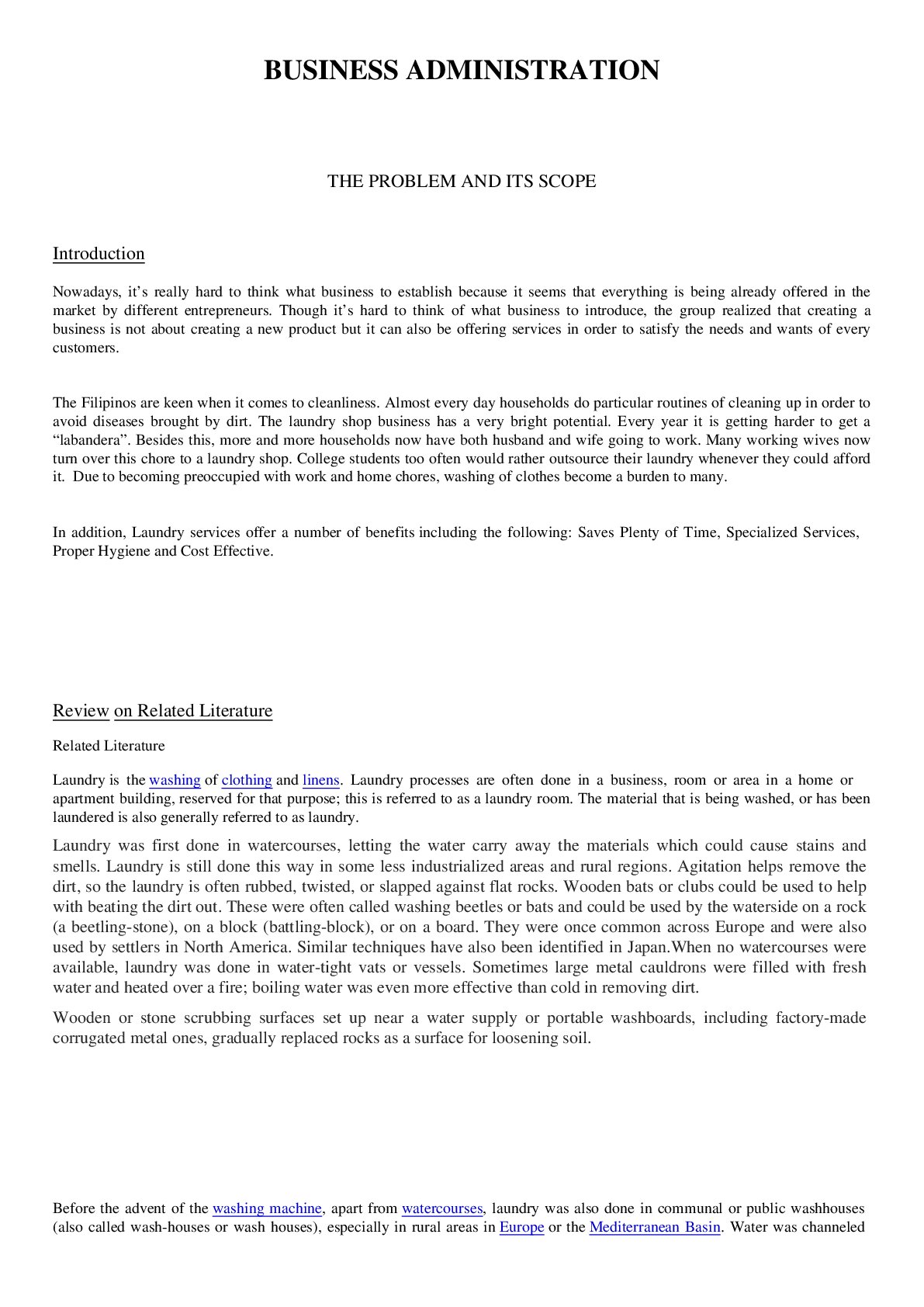
Buy this document to get the full access instantly
Instant Download Access after purchase
Buy NowInstant download
We Accept:

Also available in bundle (1)
Click Below to Access Bundle(s)

BUSINESS AS A WAR [KENNETH ALLARD]/BUSINESS ECONOMICS PAPER 3/BUSINESS: 100% ENTREPRENEURSHIP AND INNOVATION EXAM WITH SOLUTION
BUSINESS AS A WAR [KENNETH ALLARD]/BUSINESS ECONOMICS PAPER 3/BUSINESS: 100% ENTREPRENEURSHIP AND INNOVATION EXAM WITH SOLUTION
By EXCELLENCE NURSING LIBRARY 2 years ago
$154
12
Reviews( 0 )
$8.00
Can't find what you want? Try our AI powered Search
Document information
Connected school, study & course
About the document
Uploaded On
Nov 19, 2023
Number of pages
6
Written in
All
Additional information
This document has been written for:
Uploaded
Nov 19, 2023
Downloads
0
Views
98

